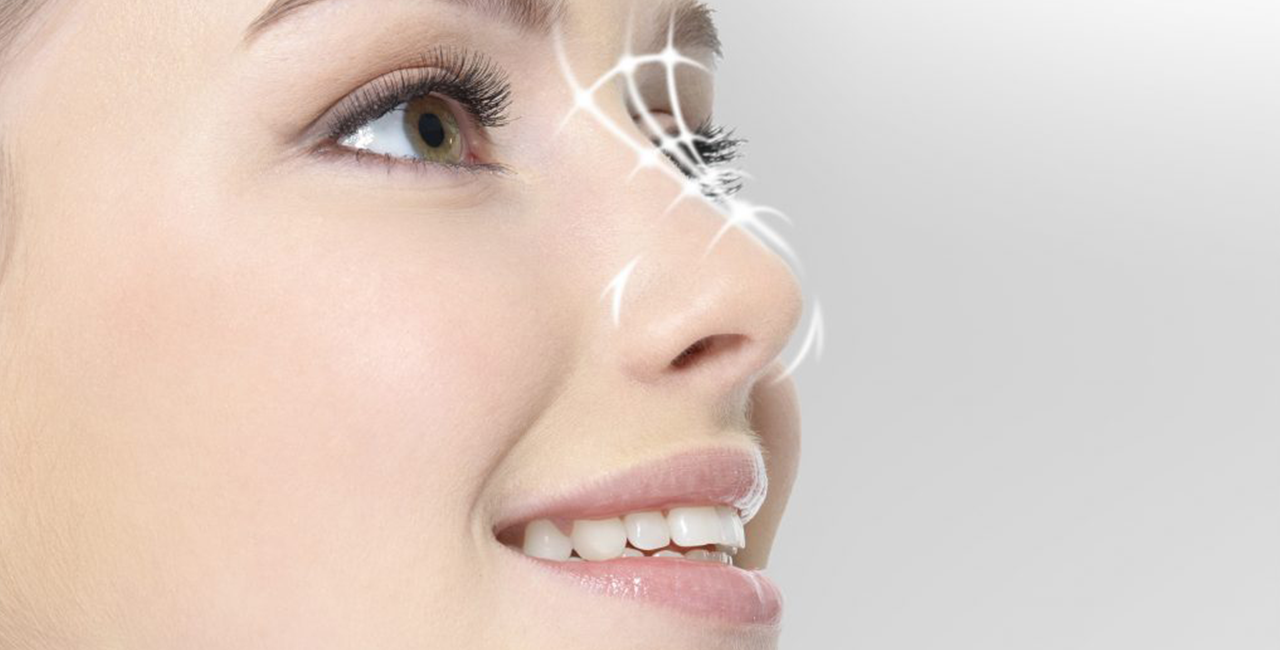Rhinoplasty, commonly known as a nose job, is one of the most popular cosmetic procedures performed worldwide. It allows correcting functional breathing issues as well as reshaping the nose aesthetically to one’s liking. Here is an in-depth look at rhinoplasty procedures and what you need to know.
Rhinoplasty, derived from two Greek words “rhino” meaning nose and “plasty” meaning molding, is a surgical procedure meant to reshape and contour the nose. The surgery can either be reconstructive or cosmetic in nature. A reconstructive rhinoplasty corrects structural deformities to improve nasal function. A cosmetic or aesthetic rhinoplasty on the other hand aims to change the appearance of the nose for aesthetic enhancement.
Rhinoplasty Surgical Techniques
There are two main approaches used in rhinoplasty – open and closed rhinoplasty techniques:
– Open Rhinoplasty: This technique involves making an incision that separates the skin of the nose from the underlying bone and cartilage structures. It provides better exposure and visibility allowing for more dramatic changes. However, it leaves a visible scar inside the nose.
– Closed Rhinoplasty: In this minimally invasive technique, incisions are made inside the nose to avoid external scarring. While it leads to less post-surgery swelling and scarring, the structural changes that can be made are relatively limited compared to open rhinoplasty.
The surgeon may use a combination of techniques based on the specific needs and goals of each patient. Modern rhinoplasty uses minimally invasive techniques to achieve natural looking results with quicker recovery times.
Common Rhinoplasty Procedures
There are various procedures that can be performed during rhinoplasty to achieve the desired nose shape:
– Nose Tip Refining: The tip of the nose can be lifted, rotated, or narrowed by adding or removing cartilage. It helps define the nasal tip and bridge.
– Nose Bridge Augmentation: Implants may be inserted beneath the nasal skin or cartilages in the nose bridge can be reshaped to improve definition and refinement.
– Reduction Rhinoplasty: Excess nasal bone or cartilage is removed to reduce the overall size of the nose or specific areas like the hump or tip.
– Augmentation Rhinoplasty: This involves adding cartilage, bone, or implants to increase the projection or size of the nose.
– Alar Base Reduction: Trimming extra tissue from the sides of the nostrils helps narrow the nasal base.
Goals of Rhinoplasty Surgery
Some of the primary goals achieved through rhinoplasty procedures are:
– Functional Improvement: Improving nasal breathing, correcting a deviated septum, or fixing impaired nasal airflow.
– Cosmetic Enhancement: Achieving a balance, symmetry and proportion with the rest of the facial features. Creating a nose that flatters one’s facial structure and desired aesthetic appearance.
– Protrusion/Projection Adjustment: Altering the projection of the nose tip or bridge to attain the ideal balance and slope.
– Refining Nasal Lines: Smoothening bumps, dents or irregularities on the nasal dorsum or tip to obtain straight and defined contours.
– Correcting Nasal Size and Width: Reshaping the nose to match the size and scale of the face by making it narrower or wider.
The Rhinoplasty Process
The Rhinoplasty procedure generally takes around 1-3 hours depending on the extent of corrections needed. Here are the basic steps:
– Anesthesia: General anesthesia or local anesthesia with sedation is used to numb the operative areas and keep the patient comfortable.
– Incisions: The surgeon makes internal incisions inside the nostrils to elevate and expose the nasal structures or may opt for an additional open approach.
– Structure Modification: Using various surgical tools, adjustments are made to the nasal bones and cartilages like thinning, adding or removing grafts as needed.
– Implant Insertion: Silicone or bony implants may be inserted to define specific contours.
– Incisions Closed: Finally, the incision sites are gently closed with sutures or surgical tapes.
– Post-op Care: Ice packs, splint and protective dressings are applied. Antibiotics and pain meds are prescribed for a speedy recovery.
Rhinoplasty Recovery Process
Postoperative recovery from rhinoplasty takes some time. Some important aspects are:
– Bruising and Swelling: It peaks around days 3-5 and lasts up to 2 weeks. Ice helps reduce it.
– Nasal Stuffiness: Rinsing keeps it clean until splint removal after 1 week.
– Pain: Over-the-counter meds control pain.
– Activity Restrictions: Bending, lifting should be avoided for at least 2 weeks.
– Scarring: Incision scars fade significantly over months yet may remain noticeable for over a year.
– Final Results: Swelling subsides slowly over 12-18 months to reveal final nose shape and stability.
Rhinoplasty is an impactful procedure that can enhance facial features. While recovery requires time and patience, the rewarding results last a lifetime. With advancements in techniques, even the most challenging corrections can now be achieved through rhinoplasty for natural looking results.
*Note:
1. Source: Coherent Market Insights, Public sources, Desk research
2. We have leveraged AI tools to mine information and compile it

